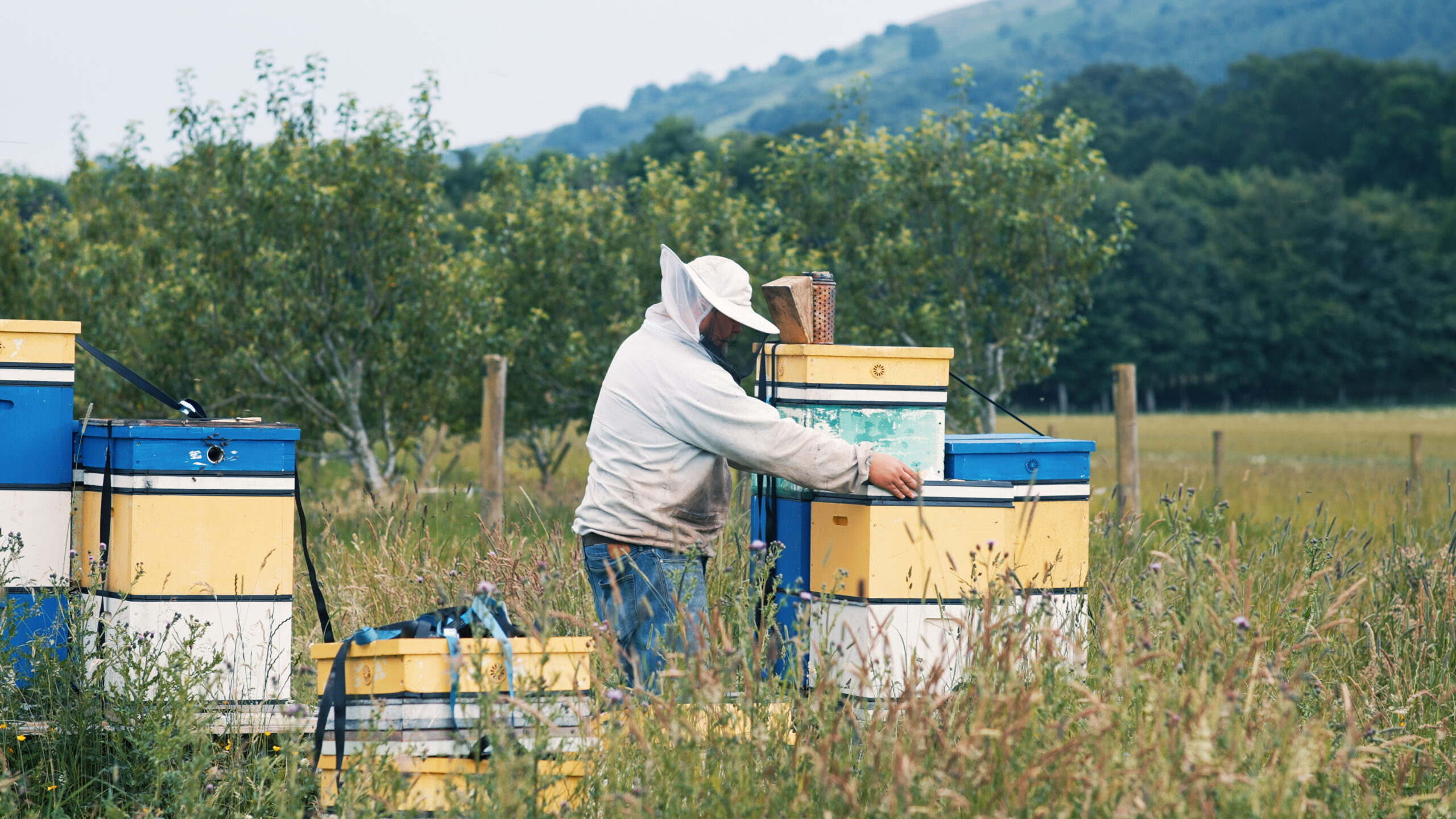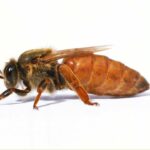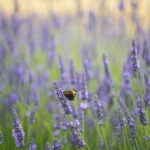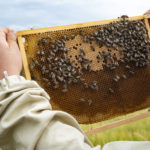This week we see the end of June, and we head into the start of July!
We may have passed the longest day of the year last week, but there is still plenty of summer to be enjoyed. Now is a great time to go bee spotting too! You will find all sorts of wildflowers popping up, as well as crops beginning to flower. Look closely for some bee sisters making the most of these flowers!
Bees, as you may be aware, don’t tend to check calendars in the way we do. Bees rely on the sun to dictate where they are in the year, and the passing of the longest day is the main event on their calendar. If bees were to have a calendar, it would be divided into only two sections (It is up to you which photos you think a bee would feature on their calendars). There is winter solstice to summer solstice, and then summer to winter, i.e. days getting longer and days getting shorter.
The first half of the bee calendar year can be seen as a season of expansion. Where the bees are working hard to expand their hive, produce more bees as well as restoring stored food and recovering from the winter. This means that right now the bees are at their strongest, as they have had a whole season (6 months by our calendar) of expansion, and are ready to begin the second season.
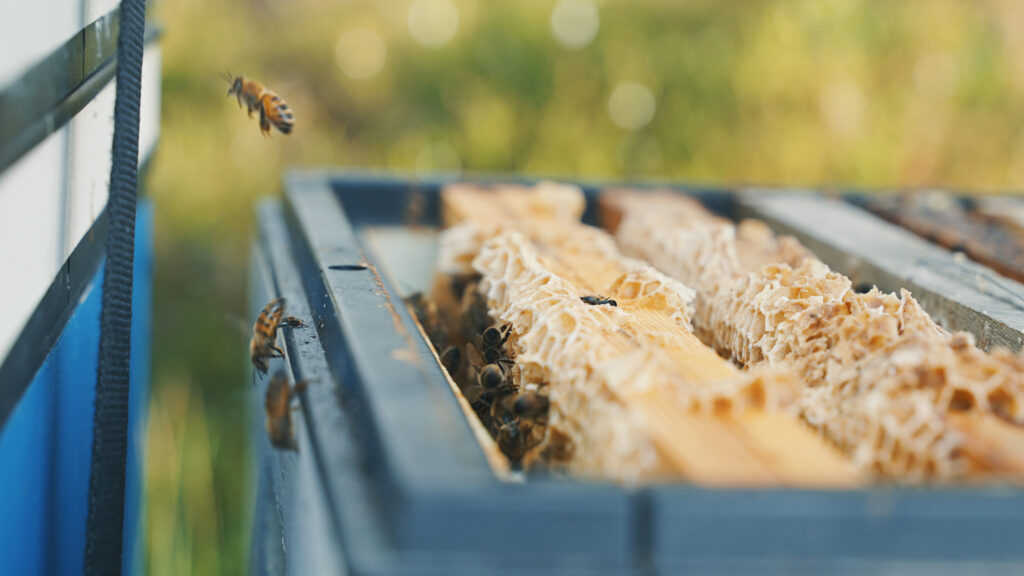
The second season from summer into winter is often called a season of contraction. During this time the bees will begin to prepare for winter. The bees will catch the summer nectar flows, and begin making bee bread; these reserves will bee crucial for the survival of the hive through winter. At the same time, around late summer, the queen will stop laying to produce more bees. This is why we see a seasonal decline in bee population as winter approaches.
This process is not unlike many other species at this time of year, and the shortening of the days is a signal to species everywhere that winter is now approaching. Similarly, when we look into our own history our ancestors from all over the world, and in many different cultures, understood the importance of the solstice. To this day, these traditions are upheld, a nice way to relate to our bee sisters and their way of marking the changes throughout the year.
A great way to learn more about our bee sisters is by taking part in our new beekeeping experience sessions. Now available at Gorgie Farm! Get a hands-on experience of a bee’s life, and see for yourself the delicate nature of the hive. Led by Andy, you would struggle to find anyone more passionate about our bee sisters, he will be happy to give personal advice on what you can do to help out the bees and other insects.
Please feel free to pop into our shop or visit us at a show if you have any questions about bees! And if you have any astounding insect facts, then please do share them with us. By sharing this knowledge we can do so much more, like the bees, if we work as a colony.

